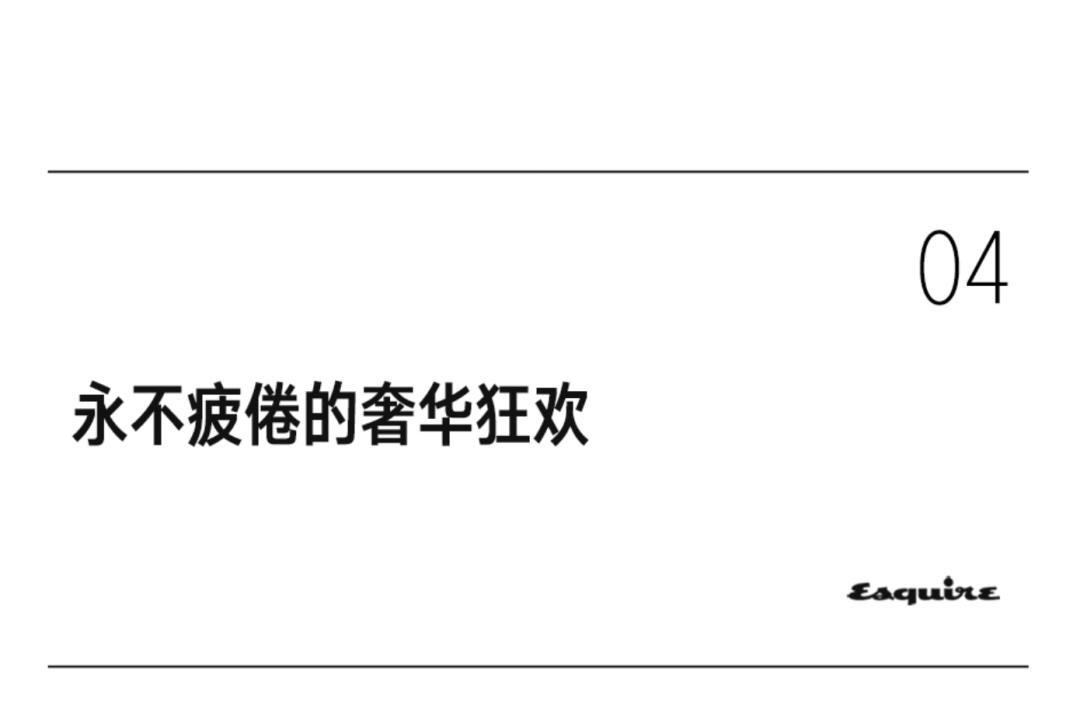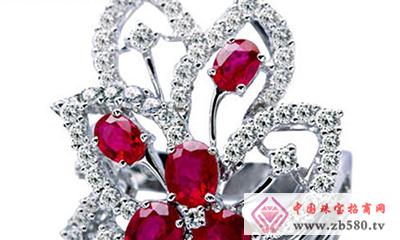
Point1 traces the bloodlines of Ruby
Unlike diamonds, there is no world monopoly in the mining, production and sale of rubies. The ruby ​​industry in each region is a separate government. It is mined by companies of different sizes or by many individuals. As a result, there is a lack of statistical understanding of the overall situation of ruby ​​resources. It is known that the world's ruby ​​resources are mainly concentrated in two regions, one is Southeast Asia and its surrounding areas, and the other is eastern Africa.
.jpg)
The highest quality ruby ​​origin - Myanmar
As we all know, Myanmar is the best place for global rubies. Around the beginning of the 15th century, local residents of Mogo, Myanmar, stumbled upon rubies, and by the middle of the 15th century, Myanmar began mining rubies on a large scale. The northern part of the Mogo region contains the world's most famous "pigeon red" ruby. The rubies found here have a commonality, "more or less with blue memory in red." Rubies have been found in this valley for centuries, but production is now exhausted. Even though the rubies produced there are still the best in the world.
Largest ruby ​​processing base - Thailand
Thailand was once the birthplace of the world's rubies. The Thai ruby ​​was once comparable to the Burmese rubies in saturated shades, but resources and production are gradually declining. At present, although Thailand is still the number one supply of rubies in the world, the rubies produced are mainly from Myanmar and Cambodia. These exotic ruby ​​materials are processed and processed in Thailand before entering the sales market.
Important Ruby Origin - Cambodia
The ruby ​​in Cambodia is mainly produced in the Bailin area, which is 5 miles from Thailand. The ruby ​​produced is also very similar to Thailand, with a high-purity purple-brown red color.
The home of Star Ruby - Sri Lanka (formerly known as Ceylon)
The southeastern part of the island produces a large number of rubies. It is a world-famous ruby ​​producing area and is known as the “Gem Cityâ€. Especially known for its high quality star ruby, the Sri Lankan ruby ​​has a pink color and a hint of lavender. The 135.7-carat "Rosely Rif" star ruby, now in the National Museum of the United States, comes from here.
Point2 recognizes the level of ruby

Like all gems, the factors that affect the quality of rubies are classified as 1T (Transparency), ie, transparency, 4C is Colour, Clarity, Carat, and Cut.
The more transparent the price, the more amazing
In the naked eye identification of rubies, the transparency is generally divided into five levels: transparent, translucent, translucent, sub-transparent, and opaque.
1. Transparency allows most of the light to pass through, and when viewed behind the gemstone, you can see clear outlines and details.
2. Sub-transparency allows more light to pass through. When observing objects behind it through a gemstone, the outline of the object can be seen, but the details are blurred.
3. Translucency allows part of the light to pass through. When observing the object behind it through the gemstone, only the outline shadow of the object can be seen and no details can be seen.
4. Sub-transparent A small amount of light can be transmitted only at the edges and corners of the gemstone, but the object behind it cannot be seen through the gemstone.
5. Opaque basically does not allow light to pass through, and the light is totally absorbed or reflected by the object.
The purity is more rare
Ruby is a gemstone with a relatively large amount of impurities, so it should not be required to judge the clarity of the diamond. It is also because of the high amount of impurities that the higher the clarity, the more precious the ruby.
Level 5 FL: No flaws, the internal and external flaws are not visible to the naked eye.
NFL: There may be few traces, pits or few feature inclusions.
Level 4 L11: The inclusions are usually not easily visible to the naked eye under reflected light.
L12: There are few inclusions visible to the naked eye under reflected light.
Level 3 ML1: The internal package is obvious, but it does not affect the gemstone.
ML2: The internal package is obvious.
L3: The inclusion body can be seen under the countertop, but the inclusion body has a great influence on the overall appearance of the gemstone.
Level 2 VL1: The inclusions are obvious and detrimental to the appearance of the stone.
VL2: The inclusion body is more pronounced than VL1.
Grade 1 HL: There are obvious inclusions, cracks, and voids (negative crystals).
Good color is the last word
Class A: Ruby is a blood red, transparent, no square, less inclusion.
Grade B: The color of the ruby ​​is between the pigeon blood red and rose red, transparent, less inclusion, no or less cracks.
Grade C: Ruby is rose red, transparent, less inclusion, with no or less cracks.
Class D: Ruby is rose red, transparent, less inclusion, less crack.
One point carat price
High quality rubies rarely have large carats, and most have smaller particles. So when the ruby ​​is more than 2 carats, the price will be very different, more than 3 carats are very rare, and more than 5 carats is undoubtedly the most rare and precious top gem. However, the price of rubies below 1 carat will be quickly declined, and there is no strong collection value.
Cut the price for the gem
Good cutting can not only make the gemstones shine, but also enhance the value of the gem. Ruby standard cutting is different from diamond. Ruby does not have geometric design for maximum brilliant. For brighter rubies, the best cutting should be lighter than the average, so that more light passes through the gem. Lighter, deeper cuts help to reflect color. A well-cut ruby ​​reflects light evenly across the entire surface. In addition, a well-cut ruby ​​does not show a ribbon that often appears in corundum crystals. This ribbon usually indicates that the cutter wants to retain the weight rather than cutting out the most beautiful gemstone as much as possible.
Point3 identifies the three "traps" of ruby

Due to the high market price of rubies, there are also many ways to improve the quality of gemstones. Today, if you are flooded with a lot of ruby ​​products, whether you are paying for a good value for ruby ​​or throwing a lot of money to buy it back. What about a fake? Let's take a look at the various "small moves" around the ruby.
Artificially optimized ruby
Heat treatment
About 80% to 90% of rubies on the market today are artificially optimized to varying degrees. The most common of these is heat treatment.
When the ruby ​​is heated to a temperature, the color of the ruby ​​is often improved, the transparency is improved, part of the ribbon and certain inclusions are eliminated, and some of the cracks are healed, so that the lower quality ruby ​​becomes higher. Ruby. Since heat treatment is a purely physics method, it is thought to be understood as making up for the shortcomings of nature. Nowadays, the jewelry industry has generally accepted this kind of treatment, which is considered to be acceptable and permissible. It can be equivalent to real natural ruby. It is sold at an equivalent price without special statement. Even if it is identified, it is not considered fraud.
Redyeing
This is the so-called diffusion processing technology. Diffusion treatment is an artificial means of chemical treatment to allow chromium oxide in chemical reagents to flow into the crystal lattice of corundum, so that those colorless corundums have acquired the ability to produce red. Although its coloration mechanism is exactly the same as that of natural ruby, and it does not fade with time, people still regard this method as a post-treatment. The gemstone thus treated cannot be sold as a natural ruby.
3 synthetic rubies
å¨çº½æ˜“法
Synthetic rubies are the most problematic problem compared to artificially optimized rubies. The earliest synthetic ruby ​​was first made of alumina powder by a French chemist Wei Nuoyi. The synthetic ruby ​​has flooded the market. People not only use it to make some cheap decorative jewelry, but also use it as a natural ruby.
Flux method
In 1963, Chatham Company of the United States used a flux method to synthesize a new synthetic ruby ​​called Chatham Ruby. These fluxing methods synthesize rubies, which are more similar in appearance to natural rubies and are therefore more deceptive. To identify the microscopic features between counterfeit rubies and natural rubies, it is very difficult for most ordinary investment collectors. Therefore, it is best to ask the relevant appraisal agencies for detailed appraisal.
Hydrothermal
The hydrothermal synthesis of rubies is more difficult to identify than the flux synthesis of rubies. The most important identifying feature is still the presence of seed crystals; in addition, some "bread-like" inclusions can sometimes be seen; others have some micro-corrugated texture. If these features are not found, they can only rely on detailed measurements of larger, more sophisticated instruments such as infrared spectrometers and electron probes.
Natural alternative to ruby
Red spinel is often mistaken in nature for red ruby ​​ruby, in addition to red garnet, red tourmaline and so on. For example, in the East China Sea of ​​Jiangsu Province, it is called "Suling Ruby" and "Hailian Ruby", which are actually garnet. The same garnet, in foreign countries, has the title of “Arizona Ruby†and “Bohemian Rubyâ€. The so-called "Brazilian ruby" is red topaz, "Siberian ruby" is red tourmaline and so on.
"SD" has formed a the unique style of tech and innovation with over 20 years.
Over 20 years growth, the company has cultivated a team of experienced technical and management staff and owned the modern facilities and automatic assembly lines from dyeing, knitting, finishing and deep processing.
Meanwhile, the company always follows the fashion steps, continuously innovates and develops new products, and improves the management and service ability.
The upscale faux fox fur and Knitting Wool products reach the domestic and international high level. Products have been exported to the United States, Australia, Japan, Russia and Vietnam. In addition, according to the report from international accredited testing institutions, the test of formaldehyde in some products is ND level. The company receives high praise from the international specialists.
The company keeps the spirit of being real, precise, beautiful and innovative, capturing the market with high quality and credit. The products gains the trust and favor from home and abroad customer with high quality and diverstity.
All staff of Shuangda work hard towards automation, intellectualization and informatization. Keep improving the efficiency, promoting craftsman spirit, innovating new products. We are committed to becoming a more specialized faux fur products supplier. We wish the ecotope will become better by our efforts.
Natural Wool,Wool Mattress,Natural Wool Rugs,Wool Comforter
Wuxi ShuangDa Plush Co., Ltd. , http://www.sd-fauxfur.com